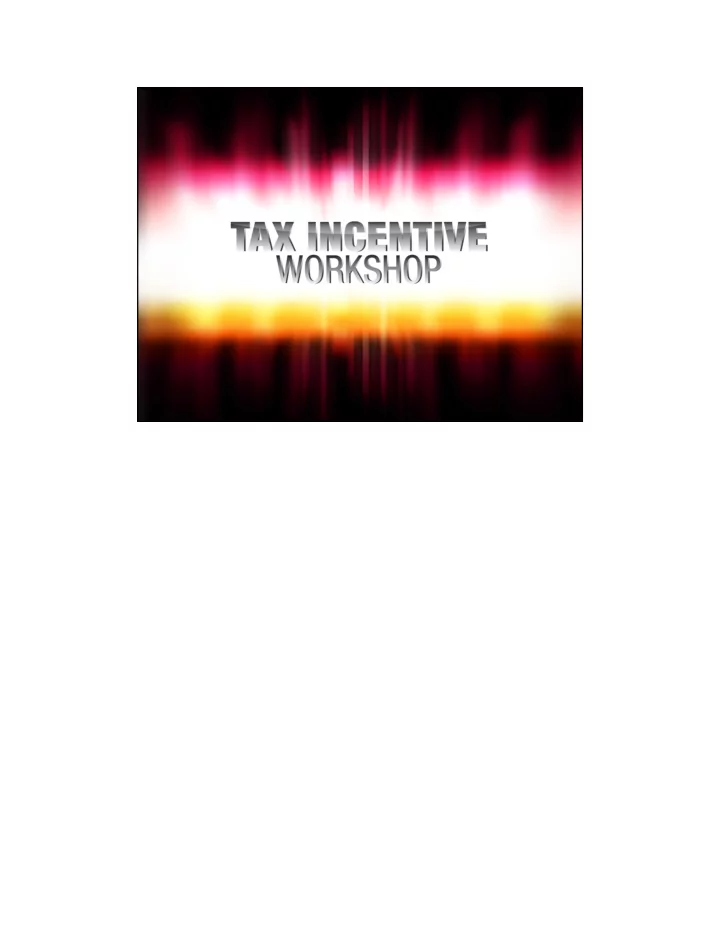

We have two tax incentives available for heater projects. One geared to the Energy Efficiency type sale the other for One-for-One Replacements. Efficiency type sale the other for One-for-One Replacements.
When building assets are purchased they are typically depreciated over 39 years. Very slow way to recoup an investment. Both these tax incentives move 39 year depreciation to an way to recoup an investment. Both these tax incentives move 39 year depreciation to an immediate tax deduction. Using a discount rate you can calculate the Present value of 39 yr depreciation as well as the immediate expense. The difference is the added value expensing brings over depreciating.
EPAct 179D expires 12/31/16. It has expired 4 times previously. It is our belief that it will be extended but you can never be sure with the current state in Washington. The incentive can go to the Tenant or Landlord, it only depends on who is taking money out of their pocket.
ETSI has completed over 12,000 projects nationwide 7
The two things do not have to occur together. You can reach an energy efficiency target and then subsequently have an eligible capital project to apply the deduction against. and then subsequently have an eligible capital project to apply the deduction against.
For commercial projects we can get tax savings on an upcoming tax return for all projects placed in service since 1/1/2006. placed in service since 1/1/2006.
With Gov’t projects and Gov’t projects alone, the designer can get the benefit. This can be an Architect, Engineer, Contractor, Specifier etc. We have some designers who have not an Architect, Engineer, Contractor, Specifier etc. We have some designers who have not paid any income taxes since 1/1/2006. We highly recommend design teams should share the tax deduction amongst all involved.
11
Industrial buildings qualify for $1.80/sq.ft. and $1.20/sq.ft. on the backs of an Energy Efficient Lighting Systems. Heaters installed in an industrial building with inefficient lighting Efficient Lighting Systems. Heaters installed in an industrial building with inefficient lighting will NOT qualify for tax deduction. The pre-existing lighting must be efficient or an energy efficient lighting project must coincide with the heater install. 13 13 13
We used to chase after every HVAC project. We coalesced on these 17 project types that tend to qualify. Most of these qualify because they are different then what is installed in the ASHRAE reference building.
Our 1000’s of energy simulation models have allowed us to develop a target W/sq.ft. where if the lighting is below that level we know it will qualify for certain level tax where if the lighting is below that level we know it will qualify for certain level tax deduction regardless of HVAC system.
Look up and see what lighting is installed. If Metal Halides, likely no tax deductions available. If fluorescents, likely $1.20/sq.ft.. If LED likely $1.80/sq.ft. available. If fluorescents, likely $1.20/sq.ft.. If LED likely $1.80/sq.ft.
Our first $20,000,000 in Industrial tax deductions. 17
To qualify for $1.80 or $1.20 the building must have a minimum amount of heating or cooling. cooling.
20
21
In the FedEX case FedEx won the ability to expense the replacement of jet engines. We use the case to defend the expensing of one-for-one replacements of building equipment. IRS the case to defend the expensing of one-for-one replacements of building equipment. IRS came out with formal rules in 2014.
All costs – labor/installation, materials, design Expensed. Ordinarily you would amortize over 39 years. Replace after 15 years. Expensed. Ordinarily you would amortize over 39 years. Replace after 15 years.
Adaptation: same continual principal use Restoration: Can’t be essentially a new purpose. Restoration: Can’t be essentially a new purpose.
29
Recommend
More recommend